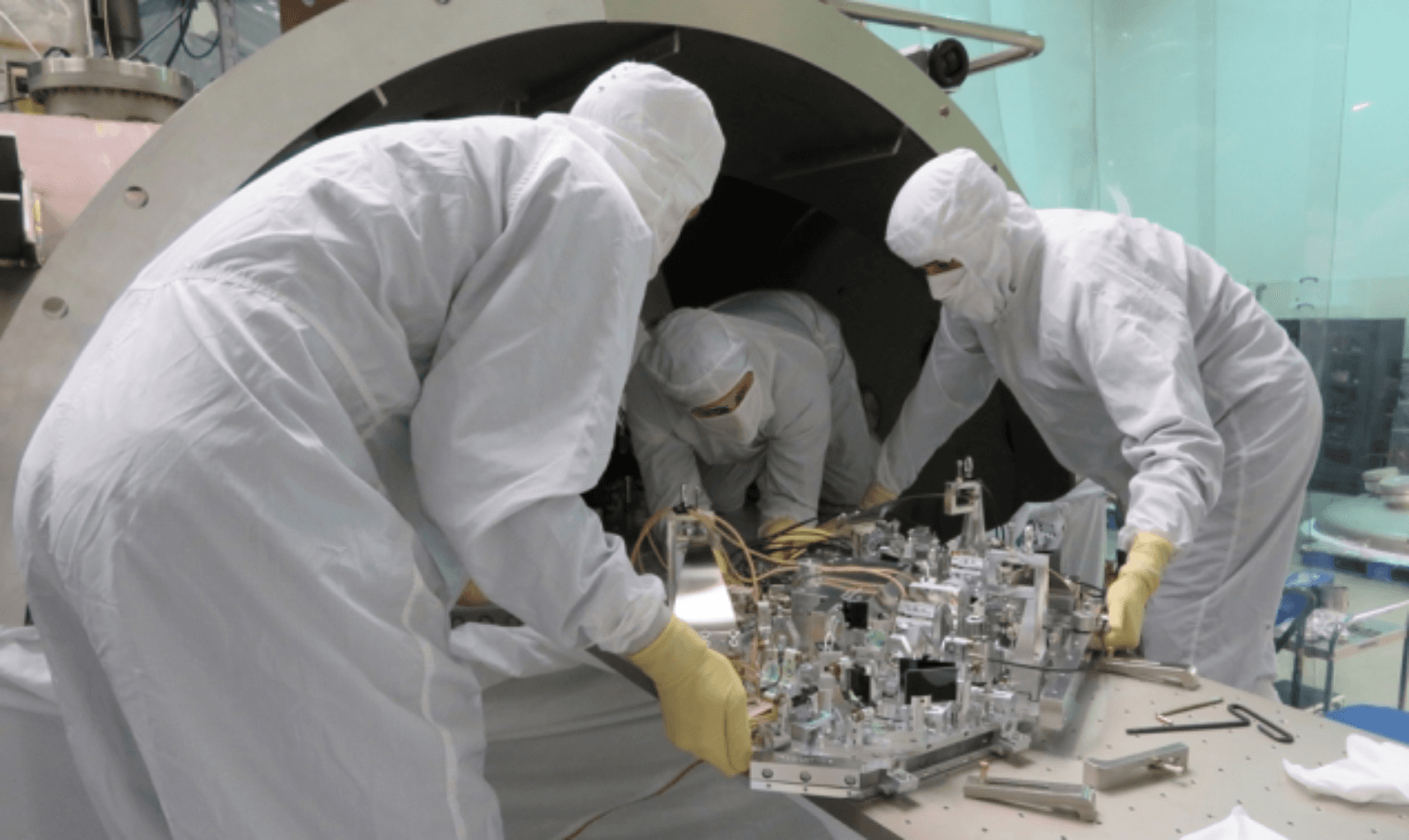The "Stuff" of Astrophysics
by Adam Hadhazy
From the grossly familiar to the scarcely believable

The Author
By virtue of our everyday experiences as humans, the world—as conveyed by our sensory perceptions such as sight and sound—seems to be made of only so much "stuff." Sure, it's a rich variety of materials, spanning the grade-school-imparted, top-level categories of liquids, gases, and solids. But it's easy to get by without considering all the other evidently real forms that nature takes, the strange currencies that it transacts with, all around us. As a scientific field, astrophysics taps into all these things we are oblivious to, as well as the intimately familiar. In the case of the latter, that can include a key ingredient in the nose-twitchingly foul odor encountered in swamps and bogs. According to new research, it turns out that detecting this chemical, called phosphine, from quadrillions of miles away in an exoplanet's atmosphere (yes, that's possible) would be an almost surefire signature of alien life. In the case of the former, other recent news from Kavli Institutes reveals how much more is truly out there, unseen, unfelt, unheard, and unsmelled. It's just in the last five years that scientists delivered proof of gravitational waves—undulations in the intrinsic spacetime fabric of the universe that roll through our planet (and by extension, us) leaving the barest of traces that only exquisitely sensitive detectors can fathom. As weirdly, particles dubbed neutrinos flit through matter as if it's not even there, and in astonishing abundance: trillions cross your fingertips every second. Once again, researchers have conjured methods for detecting an infinitesimal inkling of this counterintuitively pervasive neutrino deluge. Kavli Institutes are involved in efforts to strengthen our abilities to suss these elusive entities out of the preponderance of matter to which we humans are naturally and exclusively attuned. That matter, though, the seemingly encompassing liquids-gases-solids, is actually closer to a cosmic rounding error than the apparently true bulk of reality. Many lines of evidence compellingly (and a bit hauntingly) point to matter being five percent or less of the mass and energy of the universe as a whole. So-called dark matter and dark energy are the dominant stuff of the universe. Yet befitting our constraints as a species, we at this point have little clue as to the dark materials' essences. The mission of science, and astrophysics in particular, thus goes on. Our curiosity about what all there is remains far from satisfied.
- A quantum upgrade for the premier gravitational wave hunter
The Laser Interferometer Gravitational-wave Observatory, better known as LIGO, will have even more exquisite precision moving forward in its mission to detect ripples in spacetime. Researchers at the Kavli Institute for Astrophysics and Space Research at the Massachusetts Institute of Technology (MKI) developed a so-called quantum squeezer that reduces the "noise" of individual photons in a laser beam colliding with the observatory's detectors. Smoothing out this uncertainty in measurements extends LIGO's range to 400 million light years, a vast volume in which extreme astrophysical events will unleash gravitational waves.
- Starburst galaxy cranks out stars and mass
A team led by Kavli Institute for Cosmology, Cambridge (KICC) researchers has witnessed a distant, young, "starburst" galaxy producing stars at a breakneck pace—about 4,000 times faster than the Milky Way—and spewing a plume of mass into space. The finding is another step in documenting and eventually understanding the formation and behaviors of primordial galaxies.
- Dark matter redux: Could the mysterious material be lurking in the Milky Way's heart?
Scientists at MKI are re-examining the largely-dismissed possibility that dark matter—a hypothetical substance thought to comprise 85% of the universe's matter—is pooled in our galaxy's core. In 2015, MKI members teamed with other researchers in concluding that excess gamma rays from the core are from an array of point sources, namely extreme objects called pulsars. But a re-analysis shows that the model is not foolproof and can erroneously attribute a mock dark matter signal to pulsars, suggesting the door should be kept open for alternative conclusions.
- New king of neutrino experiments to be crowned in Japan next decade
According to an article in Nature magazine, the Japanese government looks set to approve funding for the $600-million Hyper-Kamiokande experiment, which will be the world's largest neutrino detector when it opens in the 2020s. Researchers at the Kavli Institute for the Physics and Mathematics of the Universe (Kavli IPMU) at the University of Tokyo are deeply involved in the Hyper-K project. It could help answer why matter dominates over antimatter in the universe and provide the most stringent constraint yet on whether seemingly immortal protons can actually decay.
- Discovering aliens by their funky smell
In the coming decades, next-generation telescopes will scour exoplanet atmospheres for "biosignatures"—cocktails of gases that only can exist in the presence of life. MKI researchers have now identified a single gas that all on its own would be an unmistakable biosignature. The gas, called phosphine, is famously stinky and is only produced by anaerobic (non-oxygen-using) microbes, found in certain animals' bowels and feces, as well as swamps and bogs.